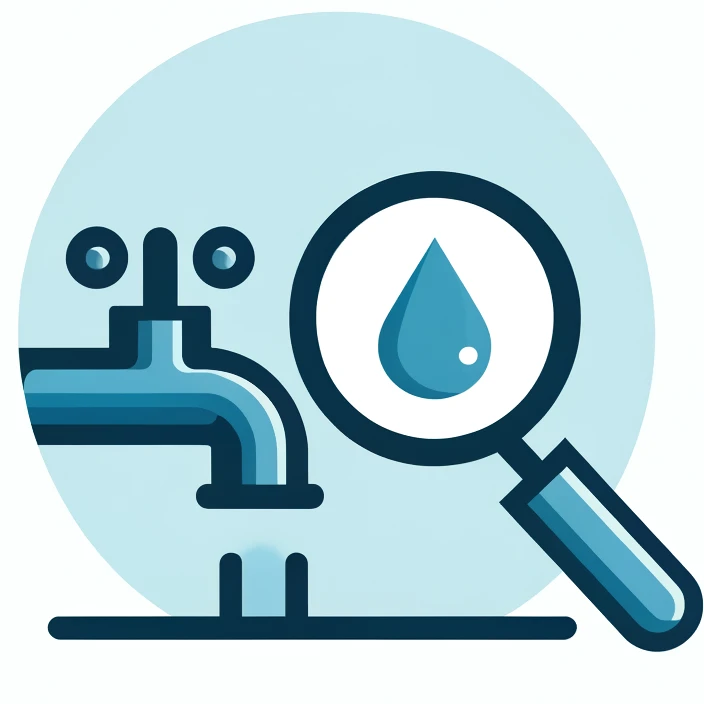We Monitor Drinking Water for Chemical Pollutants
Every year, modern society manufactures 10 trillion lbs of 84,000 chemicals that human bodies have never seen before. XCellAssay’s mission is to help you identify when you are exposed to chemicals that affect your health, and to provide you with personalized guidance to remove them from your surroundings.

How it Works

Step 1
Take a Water Sample
Fill an XCellAssay-provided sampling vial with tap water

Step 2
Send Your Test
Send your sampling vial through regular mail

Step 3
View Your Results
Is your water clean of chemical contaminants not measured by your water district?
 Low-cost, robotic detection of chemical-induced change in engineered BioAssay cells
Low-cost, robotic detection of chemical-induced change in engineered BioAssay cells
Technology
Your water district is mandated by the EPA to track over 90 contaminants—microorganisms, disinfectants and byproducts, inorganic and organic chemicals, radionuclides—to ensure they are not in your drinking water. However, over 100,000 distinct chemicals are manufactured in bulk by modern industry. XCellAssay has developed new methods by which any of those 100,000 chemicals can be detected in your drinking water. Our Aim is to provide the water districts and you with greater comfort that you and your family have access to clean water that does not contain measured chemical contaminants at levels affecting your health.
Our People

Fred Schaufele, PhD
CEO and Director of Scientific Operations

Irina Krylova, PhD
Director of Environmental Studies

HaiGuang Zhang, PhD
Director of Technology

Mei Ling
Director of Consumer IT
Partners

Press Releases
April 2024
XCellAssay was awarded the Small Business grant from the National Institute of Environmental Health Sciences (NIEHS) titled "Multiplexed Nuclear Receptor BioAssay platform to inexpensively and broadly survey the nation's water supply for contamination by endocrine disrupting chemicals". XCellAssay now is validating the measurements for detecting water contamination in samples provided by California State water agencies
February 2024
XCellAssay has been selected to be a part of the Bakar Bioenginuity Hub at the California Institute for Quantitative Biosciences (QB3) and now is a resident laboratory there
Contact Us